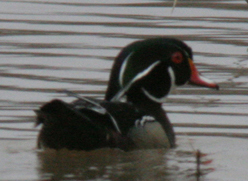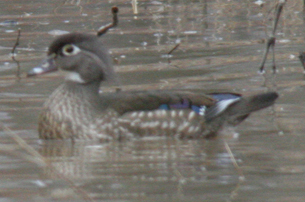Dark-eyed Junco
General: The Dark-eyed Junco is one of the most common birds in North America. Dark-eyed Juncos are birds of the ground. They are common at winter bird feeders and can usually be seen flittering in tree branches and hopping on the ground searching for seeds.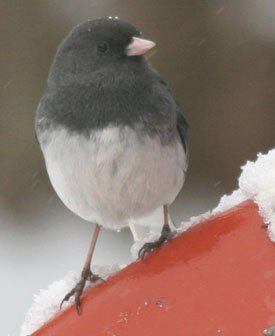
The White-throated Sparrow and the Dark-eyed Junco occasionally mate and produce hybrids.
Dark-eyed Juncos generally nest on or near the ground.
Dark-eyed Juncos eggs are pale green brown spotted occasionally unmarked. the eggs are approximately 7/10ths of an inch.
The chicks will hatch in 12-13 days and will fledge in 9-13 days
Identification: The Dark-eyed Junco is a medium-sized sparrow, 5″ to 6 1/2″ with a rounded head, a short, stout bill and a fairly long, conspicuous tail. In general they’re dark gray or brown birds brightened up by a pink bill and white outer tail feathers that periodically flash open, particularly in flight.
Males tend to have darker, more conspicuous markings than the females.
Juncos vary across the country, in fact up until the 1980’s several variations of the Dark-eyed Junco, Oregon Junco, White-Winged Junco and Slate-Colored Junco were considered separate species.
Inter-breeding occurs where these variations meet.
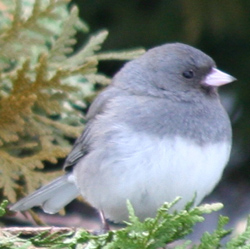 Habitat: Dark-eyed Juncos breed in coniferous or mixed-coniferous forests ranging from sea level to more than 11,000 feet
Habitat: Dark-eyed Juncos breed in coniferous or mixed-coniferous forests ranging from sea level to more than 11,000 feet
Territory: Dark-eyed Juncos can be found from Alaska to Newfoundland south to Mexico and Georgia. They do migrate and in winter can be found as far south as the Gulf coast and Northern Mexico.
Food: Dark-eyed Juncos are primarily seed-eaters. At feeders they seem to prefer millet over sunflower seeds. Dark-eyed Juncos also eat insects.
Credits:
Patuxent Bird Identification InfoCenter
The Audubon Society – Field Guide to North American Birds (Eastern Region)
Wikipedia, the free encyclopedia
Cornell Lab of Ornithology
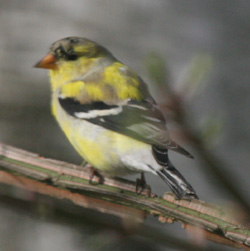
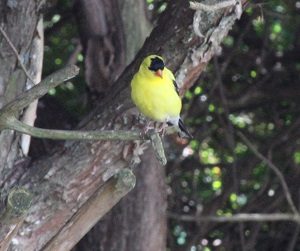 is presumably due to their diet of seeds and when the food source is available. Because they breed late in the season they typically only raise one brood.
is presumably due to their diet of seeds and when the food source is available. Because they breed late in the season they typically only raise one brood.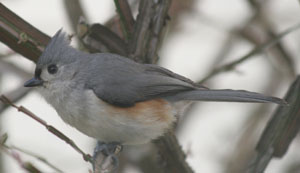
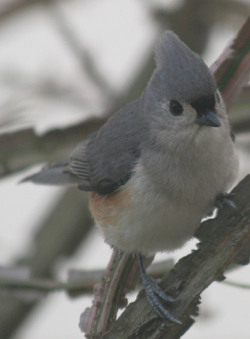
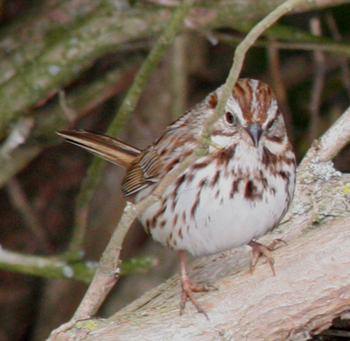 approximately 39 subspecies in North America and Mexico (Pyle 1997). It has a beautiful and distinctive song that is one of the most common bird calls you will hear in the summer. Like many other songbirds, the male Song Sparrow uses its song to attract mates as well as defend its territory.
approximately 39 subspecies in North America and Mexico (Pyle 1997). It has a beautiful and distinctive song that is one of the most common bird calls you will hear in the summer. Like many other songbirds, the male Song Sparrow uses its song to attract mates as well as defend its territory.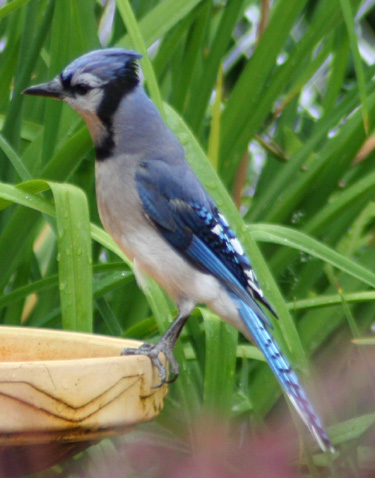 head. The color changes to black, sky-blue and white barring on the wing primaries and the tail. The bird has an off-white underside, with a black collar around the neck and sides of the head and a white face.
head. The color changes to black, sky-blue and white barring on the wing primaries and the tail. The bird has an off-white underside, with a black collar around the neck and sides of the head and a white face.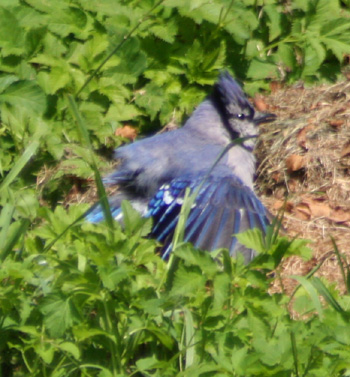 almost gull-like scream. There is also a high-pitched jayer-jayer call that increases in speed as the bird becomes more agitated. Blue Jays will use these calls to band together to drive a predator such as a hawk away from their nest.
almost gull-like scream. There is also a high-pitched jayer-jayer call that increases in speed as the bird becomes more agitated. Blue Jays will use these calls to band together to drive a predator such as a hawk away from their nest.